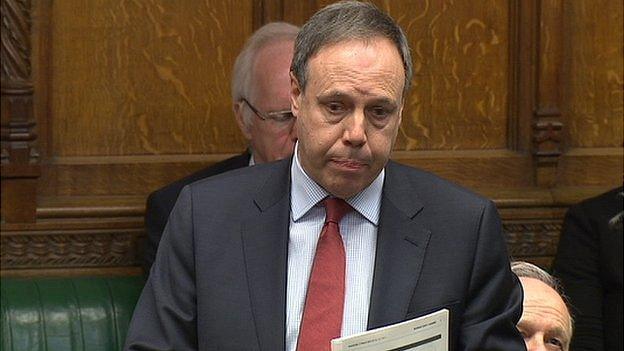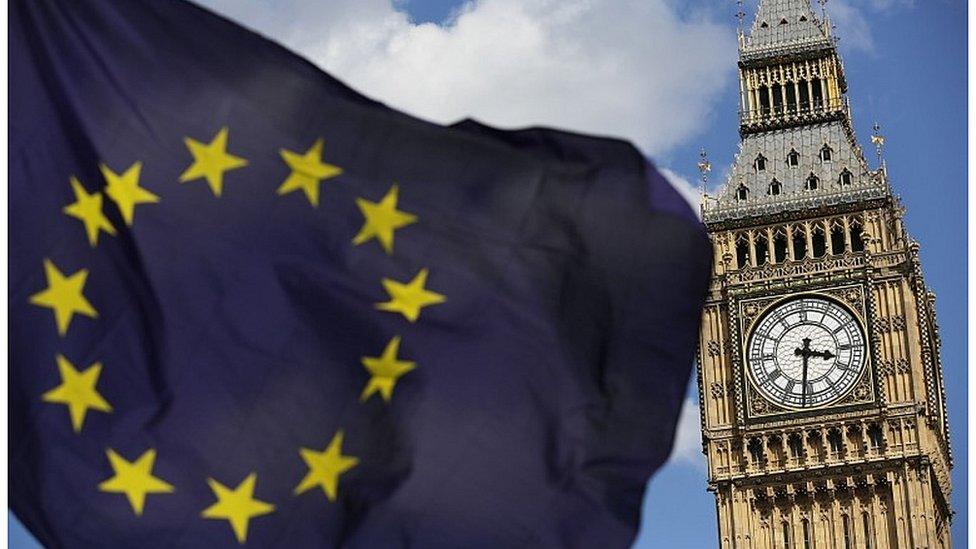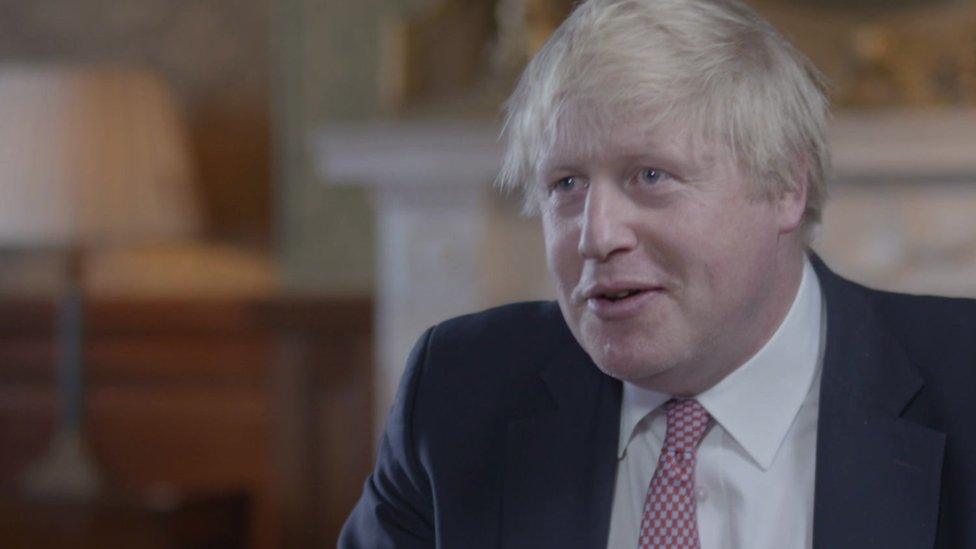Brexit: How large is Theresa May's Brexit majority?
- Published

Prime Minister Theresa May faces a battle to get Brexit through Parliament - but votes from non-Conservative MPs who support leaving the EU should help her swing it.
When Mrs May took over as prime minister last summer she inherited a Commons majority of 12. That was the Conservatives' margin of victory in the 2015 general election.
When you factor in Sinn Fein MPs, who don't take up their seats, deputy speakers who as a rule don't vote, and changes to the make-up of the Commons over the past 18 months after by-elections it adds up to a working majority of 17.
This is the smallest majority a government has faced a year into office since Labour's Harold Wilson was prime minister in the 1960s.
It should take just nine rebels to overturn it. But this doesn't explain the whole situation when it comes to Brexit.
It's not just Conservative MPs who will support the government on Article 50. Joining them are the DUP, the only party in the Commons, aside from UKIP who officially backed Brexit.
Labour has a splinter group of 10 MPs who advocated a leave vote. Six of them - Frank Field, Kelvin Hopkins, Kate Hoey, John Mann, Graham Stringer and Gisela Stuart - generally support the government in votes on Brexit.
They are also joined by the UUP, who are closely aligned to the Conservatives, and UKIP's sole MP Douglas Carswell.

The Democratic Unionists voted for Brexit and continue to support the government
This inflates Theresa May's majority to around 50 and gives her a "Brexit firewall" with much greater room for manoeuvre in the event of a rebellion within her own party.
If all the pro-Brexit MPs back the government in the crucial vote on the Article 50 bill later, it would take a much bigger rebellion of 26 Conservatives to block Brexit legislation.
The number of rebels at earlier stages of the bill was much smaller than that. So Mrs May looks likely to get the bill formally triggering Brexit into law unamended with the support of MPs from outside the ranks of her own party, giving her the free hand to negotiate Britain's exit from the EU.
- Published10 March 2017

- Published9 March 2017
